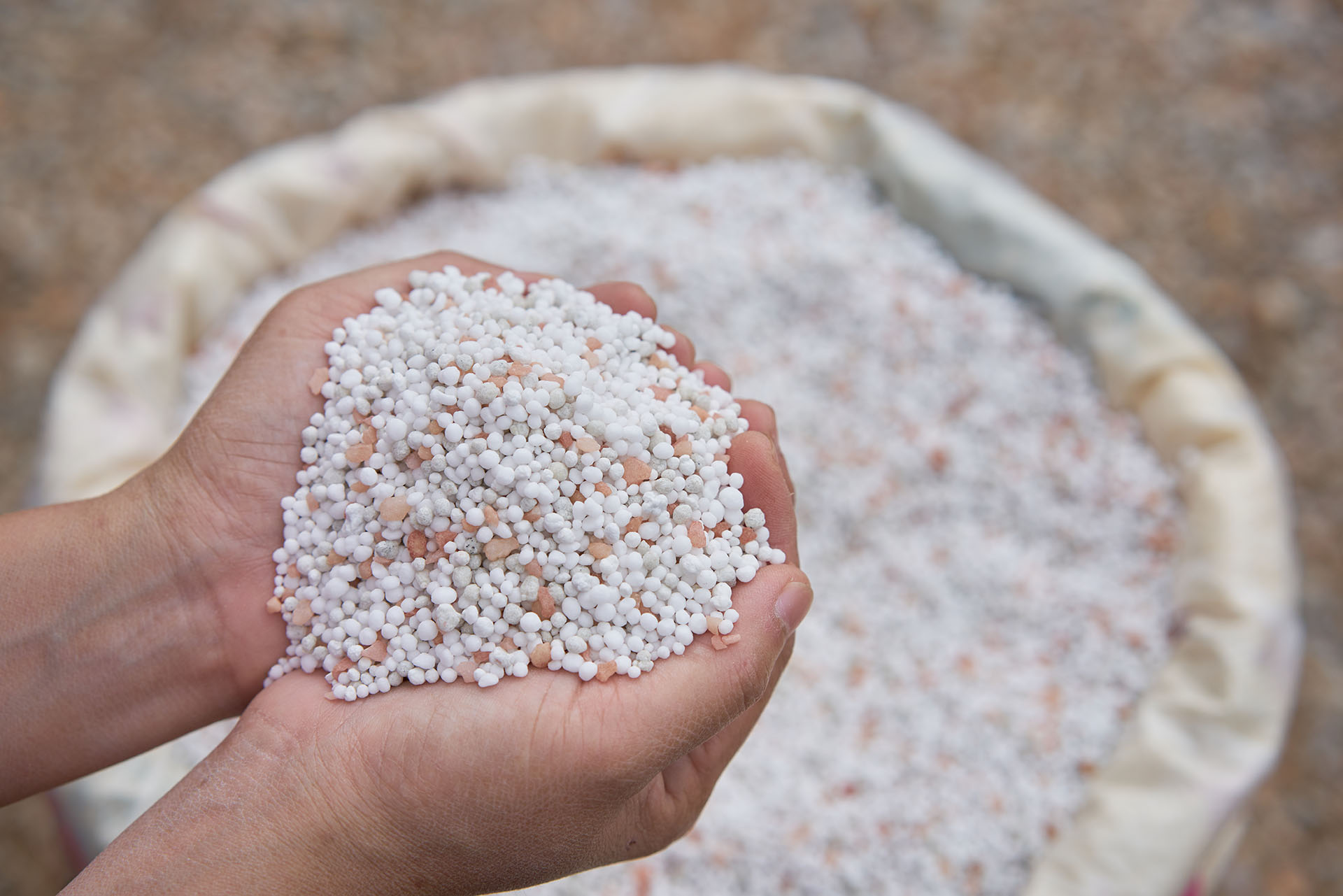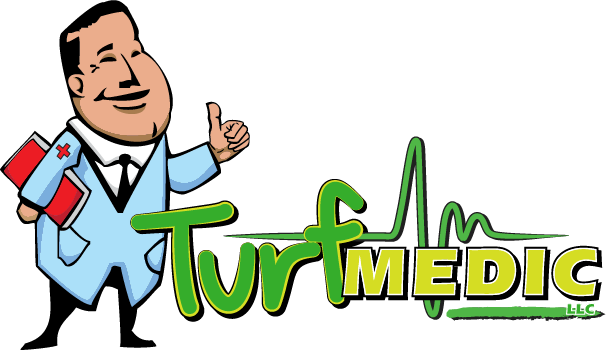You’ve fertilized. You’ve watered. You’ve even reseeded those stubborn brown patches. But your lawn still looks yellow and tired while your neighbor’s grass looks thick and green. Sound familiar?
The problem might not be what you’re putting on your lawn. It could be what’s happening underneath it. Your soil might be too acidic, which means all those nutrients you’re adding can’t actually help your grass. That’s where lime comes in.
In this guide, we’ll walk you through everything you need to know about lime application. You’ll learn how much to use, why the amount matters, and when it makes sense to call in the professionals.
Why Your Lawn Might Need Lime
Think of your soil like a locked door. When it’s too acidic, all the good stuff your grass needs stays locked up. Nutrients like nitrogen and phosphorus are sitting right there in the soil. Your grass just can’t access them.
Acidic soil shows up in ways you can actually see. Your lawn might look pale or yellowish even after you fertilize. You might notice moss spreading across your yard. Weeds could be taking over while your grass struggles to fill in bare spots. These are all signs that your soil pH is off.
Here in the Greencastle area, acidic soil is pretty common. Our regional soil tends to lean acidic naturally. Heavy rainfall can make it worse over time. That’s why so many homeowners in Pennsylvania and Maryland deal with this issue season after season.
The good news? Lime can turn things around. It raises your soil pH back to a healthy range. Once that happens, your grass can finally use all those nutrients you’ve been applying.

How Much Lime Should You Apply?
Here’s the general rule: for a corrective application, you’ll typically need between 25 and 50 pounds per 1,000 square feet. That’s your starting point.
But here’s the thing. That range is pretty wide for a reason. Your exact needs depend on two big factors: what type of soil you have and how acidic it actually is.
Sandy soil needs less lime than clay soil to raise the pH. A lawn that’s slightly acidic needs less than one that’s really acidic. Without testing, you’re just guessing. And guessing can lead to wasted money or even lawn damage.
There’s also a difference between fixing a problem and preventing one. Corrective applications use those higher amounts we mentioned. Maintenance applications are much lighter, usually just 10 to 20 pounds per 1,000 square feet. You’d use maintenance lime if your soil is already in good shape and you just want to keep it that way.
Applying too much lime creates its own problems. Your soil can swing too far in the other direction. Then you’re dealing with nutrient lockout all over again, just from a different cause. Too little lime won’t solve your problem at all. You’ll keep struggling with yellow grass and wondering why nothing works.
Getting It Right: The Professional Approach
The crucial first step is testing your soil. A proper soil test tells you exactly where your pH sits right now. It shows what type of soil you’re working with. This information takes all the guesswork out of the equation.
Professionals like Turf Medic use soil test results to calculate precise application rates. We look at your current pH, your soil composition, and what your grass actually needs. Then we apply the exact amount that will get you results without going overboard.
The benefits of getting it right go beyond just this season. Proper lime application creates a foundation for long-term lawn health. Your fertilizer works better. Your grass grows thicker and crowds out weeds. You spend less money trying to fix problems that keep coming back.
Some homeowners enjoy doing their own lawn care and have the time to learn the process. If that’s you, getting a soil test is still the smart move. Many county extension offices offer affordable testing. The results will tell you exactly how much lime you need.
But if you’ve already spent too much time and money on a lawn that won’t cooperate, professional service might be your best bet. We deal with Greencastle-area soil conditions every single day. We know what works and what doesn’t. And we guarantee our results.
Conclusion
Lime application isn’t complicated, but it does need to be accurate. That general range of 25 to 50 pounds per 1,000 square feet gives you a starting point. Your actual needs will depend on your specific soil conditions.
The difference between guessing and knowing can save you money, time, and frustration. A healthy lawn starts with healthy soil. When your pH is right, everything else falls into place.
Ready to find out what your lawn really needs? Contact Turf Medic for professional soil testing and lawn lime application. We’ll help you get the thick, green lawn you’ve been working toward.

Recent Comments